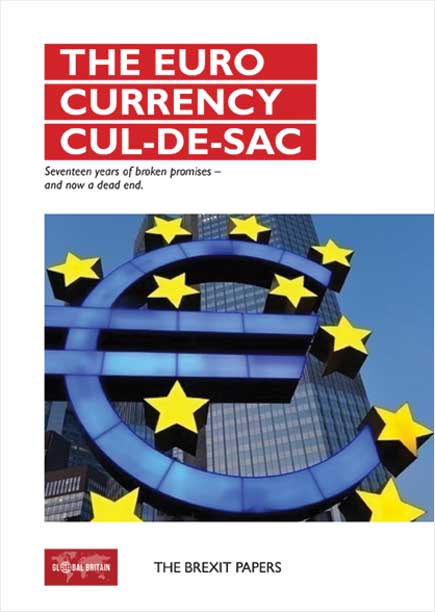The euro is crumbling despite the efforts of the European authorities to maintain a veneer of coherence, with the European Central Bank in the middle, holding up the sky.
The detail of its Qualitative Easing programme, though, points to a new European banking crisis. Eurozone National Central Banks fund one another, and they all fund their local commercial banks, against collateral that is either of poor quality or represents the same credit risk as the loan it is meant to collateralise.
Underneath it there is economic stagnation, disguised by the lend-and-spend policies of the European Investment Bank.
The ECB’s programmes are essentially circular and aimed at keeping the system liquid – able to pay its obligations when they fall due by having debtors lend money creditors for the same creditors to pay the same debtors. No obligations are allowed to go “Past Due”, but the cost is an ever-increasing pile of IoUs issued by 23 or 24 countries in favour of 4 or 5 (Germany, Netherlands, …but with any luck not the UK).

